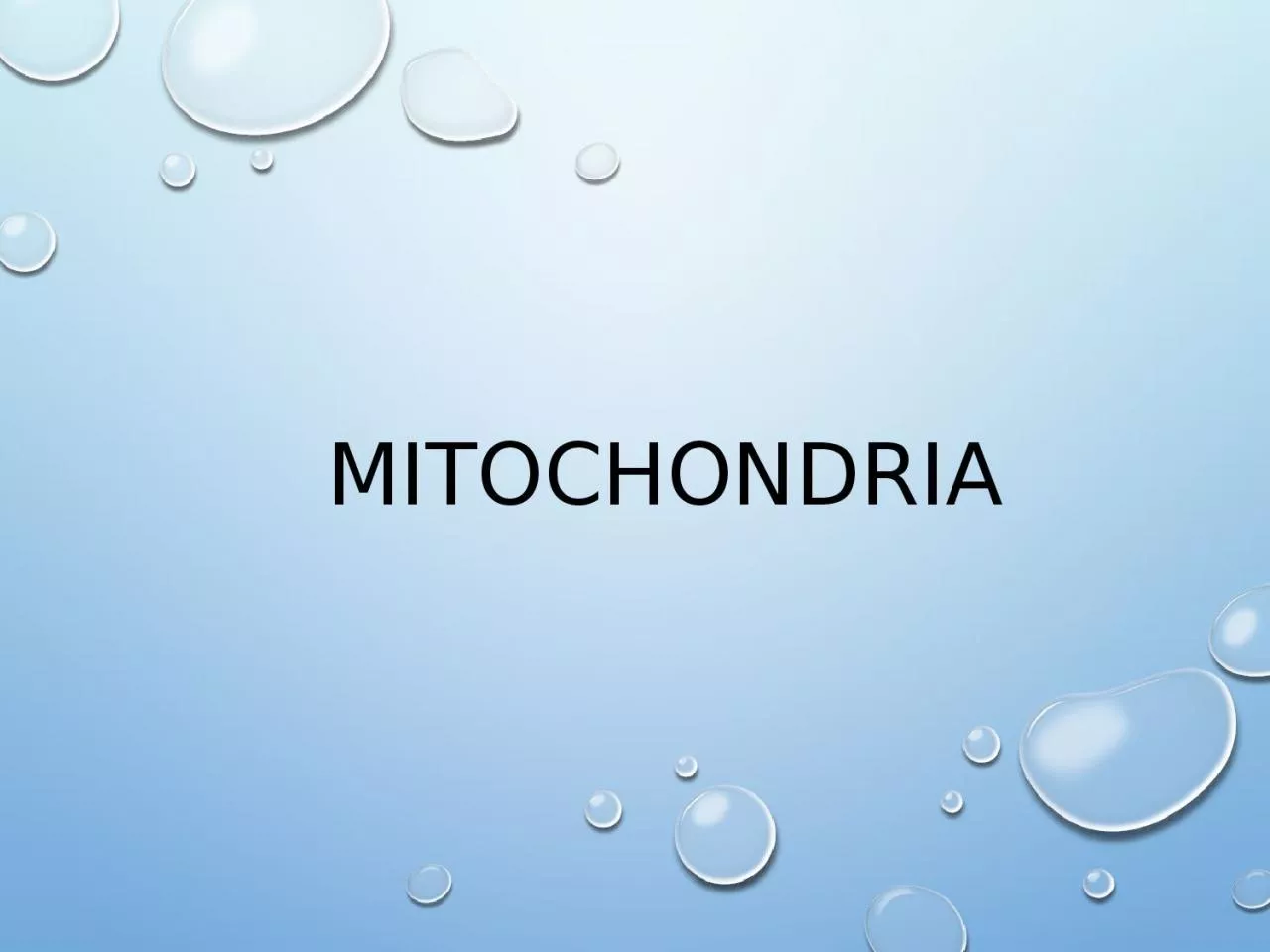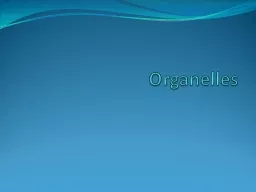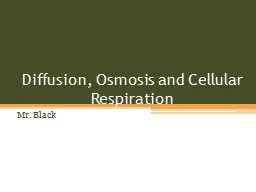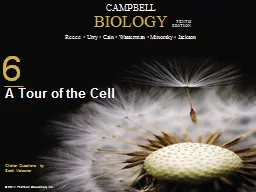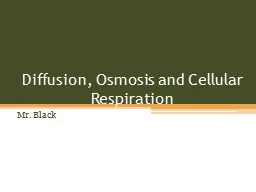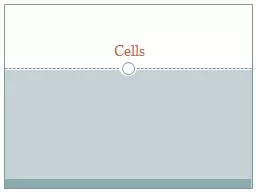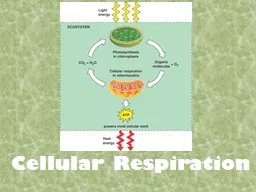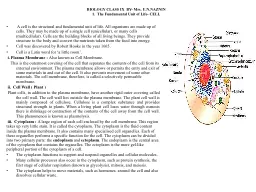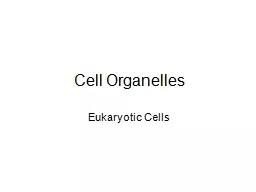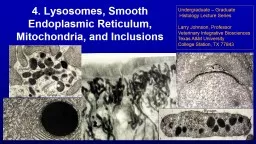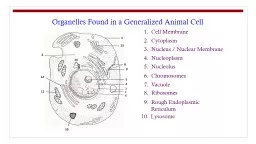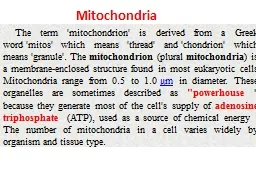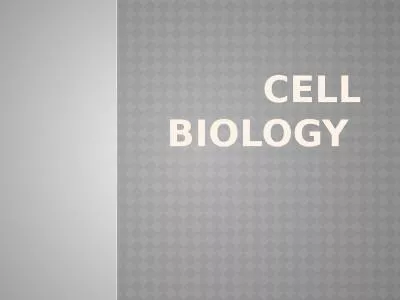PPT-Mitochondria Membrane bound cell organelles, associated with cell respiration, the source
Author : anya | Published Date : 2024-01-03
Discovered by Benda 1898 Present in eukaryotic cell Bean shaped organelles 110 um long and about 05um wide occur free in cytoplasm 2 STRUCTURE Bounded by two membrane
Presentation Embed Code
Download Presentation
Download Presentation The PPT/PDF document "Mitochondria Membrane bound cell organel..." is the property of its rightful owner. Permission is granted to download and print the materials on this website for personal, non-commercial use only, and to display it on your personal computer provided you do not modify the materials and that you retain all copyright notices contained in the materials. By downloading content from our website, you accept the terms of this agreement.
Mitochondria Membrane bound cell organelles, associated with cell respiration, the source: Transcript
Download Rules Of Document
"Mitochondria Membrane bound cell organelles, associated with cell respiration, the source"The content belongs to its owner. You may download and print it for personal use, without modification, and keep all copyright notices. By downloading, you agree to these terms.
Related Documents

